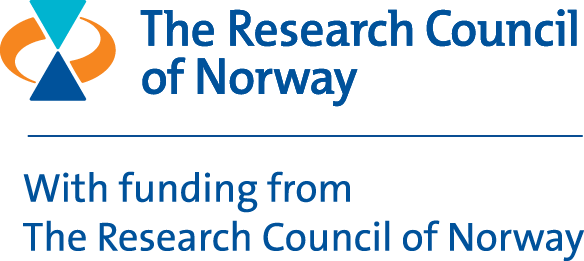Never before has the Faculty of Dentistry received two research grant with the same program and never before has the department of Biomaterials been given so generous research grant funding from the Research Council of Norway. Our two projects "Injectable biomaterials for dental tissue engineering (InjectTE)" and "A bioactivated nano-layered hydrogel for dermal regeneration in hard-to-heal ulcers (BioNaNOR)" were given top score. The funding is for the period 2019-2022.
The two projects, Injectable biomaterials for dental tissue engineering (InjectTE) and A bioactivated nano-layered hydrogel for dermal regeneration in hard-to-heal ulcers (BioNaNOR) are led by Prof. Reseland and Prof. Lyngstadaas.
InjecTE is a multidisciplinary project assembling international leading researchers (Prof. Ruis Reis/ Prof Manuela Gomes, 3Bs University of Minho, and Prof. Kerstin Galler, University Regensburg) aiming at developing and testing new advanced biomaterials for periodontal and endodontic regeneration. Such materials would have a huge impact in the dental biomaterials field since they would change current healing therapies to regenerative outcomes.
The project plan comprises the following tasks, to develop and characterize injectable crosslinkable biomaterials; evaluate the differentiation of stem cells and potential to regenerate dental tissues in vitro; study endodontic regeneration and periodontal regeneration in vivo.
BioNaNOR is a project to develop materials to restore dermal function partners in the project is Prof João Mano, University of Aveiro and Prof. Jonny Blaker, University of Manchester. The BioNaNOR project aims at using a dermis-matrix-mimicking hydrogel based on nano-layered and chemically modified chitosan. This artificial dermis analogue will be designed with one deeper part that provide biological signals for homing and differentiation of mesoderm derived stem cells, and one superficial part that includes molecules that stimulate epithelial cell growth and migration.
